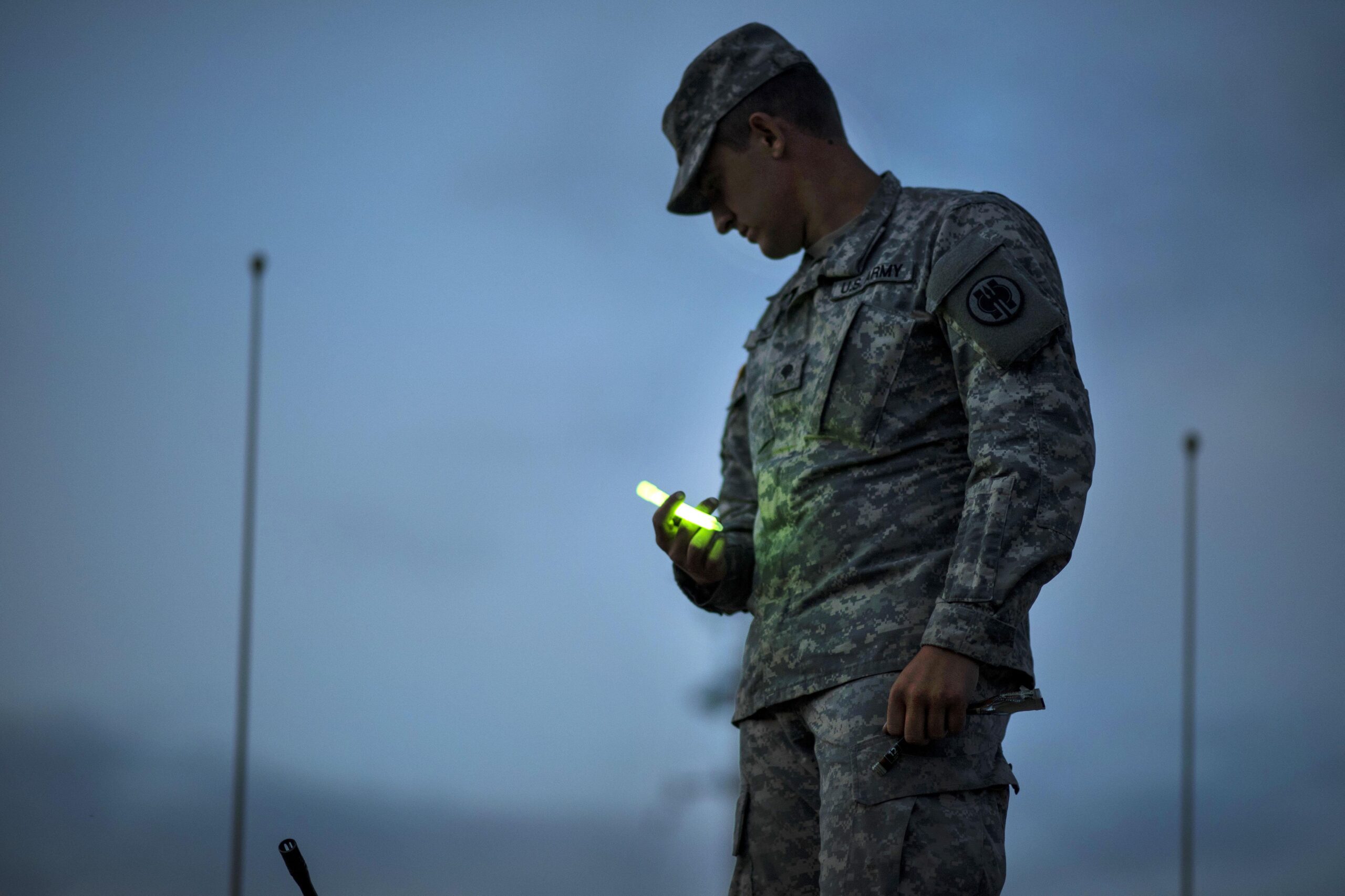The concept of glow sticks traces back to the early 1960s, when an inventive chemical engineer named Edwin A. Chandross was exploring novel applications for chemical reactions. Chandross was working at Bell Labs, renowned for its groundbreaking research in various fields, including chemistry. He was initially investigating the process of creating light without the need for an external power source.
Chandross stumbled upon an intriguing discovery while experimenting with a mixture of two chemical compounds: a phenyl oxalate ester and a fluorescent dye. When he combined these two substances, he observed a captivating glow emanating from the mixture. This reaction, known as chemiluminescence, fascinated Chandross and sparked his curiosity.
Recognizing the potential of this accidental revelation, Chandross dedicated himself to refining the formula and harnessing the glow for practical purposes. He worked diligently to optimize the chemical composition, exploring different dye variations and perfecting the balance between brightness and longevity.
After several years of persistent experimentation, Chandross successfully developed a reliable and efficient glow stick prototype. The final design consisted of a small, transparent plastic tube containing two separate compartments: one holding the phenyl oxalate ester and the other containing a glass ampoule filled with the fluorescent dye. By bending the tube, the glass ampoule was ruptured, allowing the chemicals to mix and initiate the glowing reaction.
Recognizing the commercial potential of his invention, Chandross patented his creation in 1965. Bell Labs then licensed the technology to various companies, kickstarting the production and widespread availability of glow sticks in the consumer market.
The military was among the early adopters of glow sticks, employing them for various purposes. They found utility in military operations, providing a safe and reliable light source during nighttime maneuvers or emergency situations where traditional lighting wasn’t feasible. The luminescent sticks offered soldiers a low-cost, portable, and disposable solution that wouldn’t compromise their location or give away their position.
Over time, the popularity of illumination glow sticks expanded beyond military applications. They became a staple at concerts, festivals, sporting events, and parties, adding a vibrant and colorful dimension to the ambiance. Their versatility and accessibility made them a favorite among children and adults alike, creating an enchanting atmosphere and adding a touch of magic to any gathering.
As technology advanced, so did glow sticks. Nowadays, you can find an array of glow stick variations, including different sizes, shapes, and colors. Additionally, modern glow sticks often come with added features such as multiple color options, adjustable brightness levels, and even remote-controlled options for synchronized lighting effects.
*The views and opinions expressed on this website are solely those of the original authors and contributors. These views and opinions do not necessarily represent those of Spotter Up Magazine, the administrative staff, and/or any/all contributors to this site.
